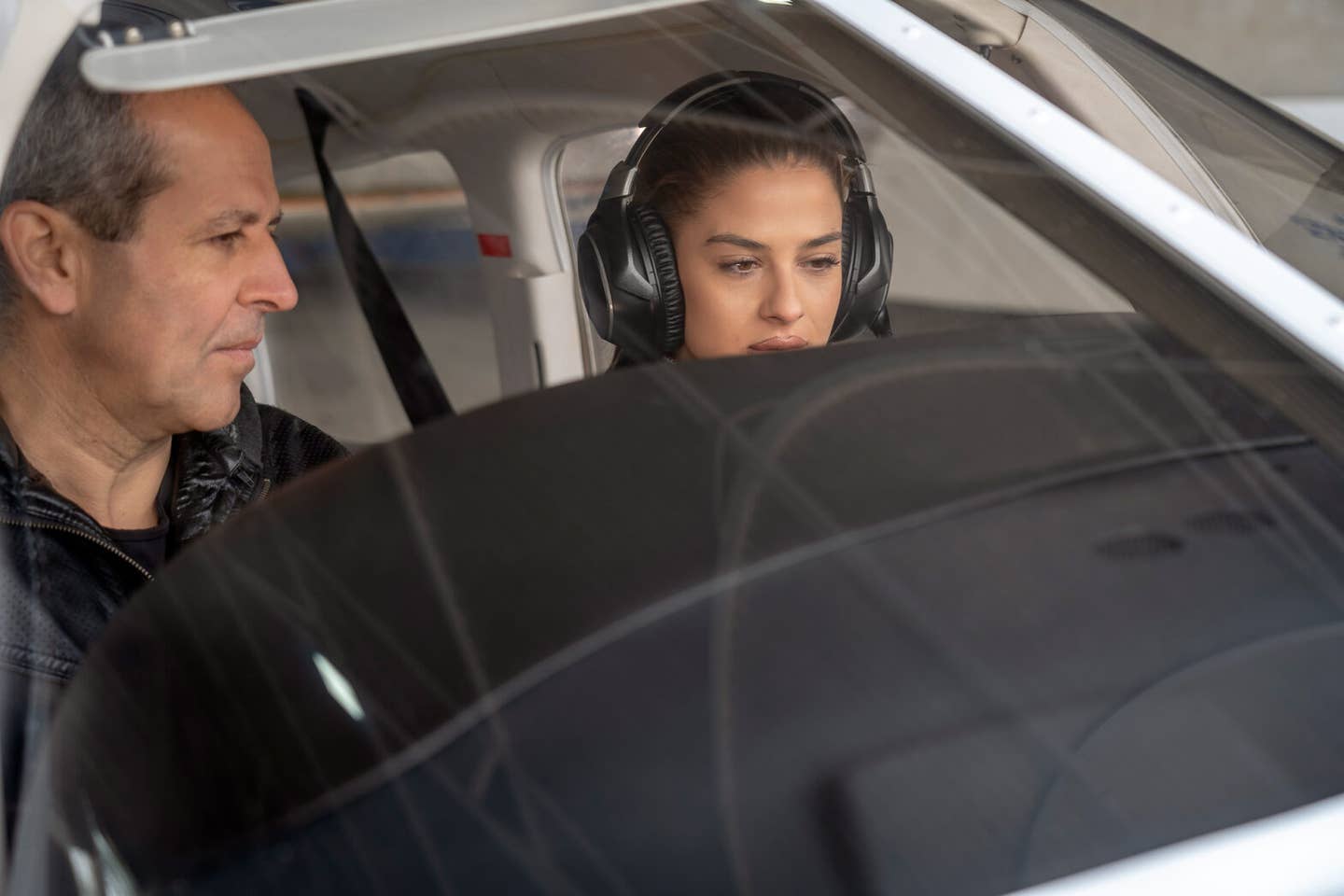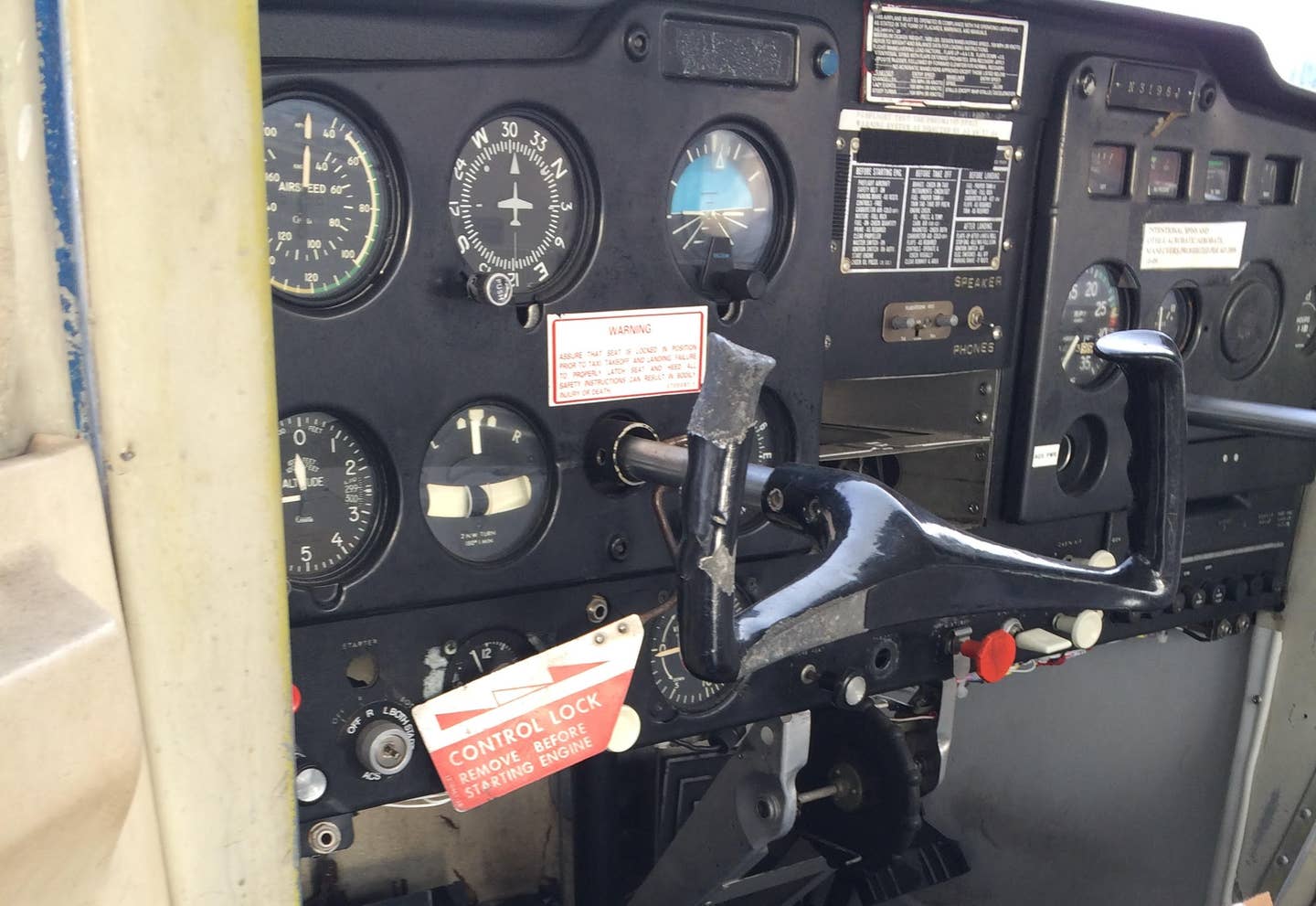The Mock Check Ride: Find Your Weak Spots
A practice check ride before you meet your examiner could help you pass.

Before you sit with a designated pilot examiner, a mock check ride can work out a lot of bugs. [File photo: Adobe Stock]
I want to preface this piece by saying I am not a designated pilot examiner (DPE). I have been a CFI since July 23, 2003, at 4:48 p.m.—it was like giving birth, I remember it vividly—and I have racked up thousands of hours as an instructor, but I am not a DPE. I'd rather be teaching someone than evaluating them at the end. Sometimes, I get to do both when I perform a mock check ride to help prepare an applicant for a test. It is important that they know what to expect.
Recently, I encountered a private pilot applicant who was angry after failing the oral portion of the check ride. He felt that his instructor did not properly prepare him, and he had no idea how unprepared he was until he found himself across the table from the DPE—who was allegedly getting so frustrated he was raising his voice and interrupting the applicant as he attempted to answer the questions. The applicant was confused, asking if that was how a check ride was supposed to go.
No, no it's not. DPEs are not supposed to yell at you, slam their hands on the desk, throw things at you, or insult you. The DPE is supposed to listen and evaluate, and they are not allowed to teach—and for some, that can be very, very difficult.
The Mock Ride
The applicant said he had done two mock check rides with his instructor—but no one else. He noted he might have benefitted from a “mock-ride” with an outside instructor. A mock-ride is always a good idea, and when conducted by an outside instructor can be very useful as the different perspective can pick up on soft spots the CFI may have missed—it's sort of the aviation version of having someone read an email before you hit send, because it's often difficult to catch your own typos.
The idea of the mock-ride is not to duplicate the actual check ride profile, but for the applicant to demonstrate the skills and knowledge they will need to know per the ACS (FAA airman certification standards)—and they must demonstrate this to someone other than the CFI who trained them.
How It Starts
I ask the applicant to provide a copy of their knowledge test results—or at least a list of the codes for the areas where they were found ‘deficient.’ We use the ACS to decipher these subject areas and talk about how they apply to real-world flying.
The applicants are assigned a cross-country flight and instructed to create a navigation log (navlog). They are required to perform a weight and balance, obtain a weather briefing, and calculate aircraft performance. This is supposed to be completed before they meet with me.
We go through the applicant's logbook, double-checking their math and having them tab the necessary experience to show the examiner. A few times we've caught a deficit, such as the time the private applicant was short three night takeoffs and landings, despite having logged more than 15 hours of night flight.
Next, we go through the aircraft logbooks and tab the required inspections. This creates an excellent opportunity to discuss FAR 91.205 and the related systems, and then roll into the other pertinent FARs.
“A mock-ride is always a good idea.”
The cross-country flight planning portion is often a soft spot—sometimes the applicants haven't completed it before they get to me because they don't remember how to. Because the mock-ride is essentially the Queen Mother of ground instruction, we go over the process.
The applicant is asked "why did you choose that route?"
"Because my instructor told me to" is NOT an acceptable answer, but if it is given, we explore why that route might be a good choice—check the terrain, refueling opportunities, etc.
The sectional is reviewed in detail. There is a lot of information there and it's easy to get mixed up—this part of the mock-ride is a lot about where to look things up rather than guess.
More FARs and human factors are dropped in here—often using scenarios drawn from NTSB reports or local incidents. We wrap up with weather, because all too often weather is a factor in accidents.
What Was That?
Sometimes, it's obvious that something got lost in translation during training. One applicant said he didn't have to know about VORs, pilotage, or dead reckoning because his CFI told him “everyone uses GPS now.”
Another insisted that when there is an uncommanded loss of engine power, the correct procedure is to push the nose down to get to the ground as quickly as possible.
When there are misconceptions like this, the airman certification standards (ACS), appropriate checklists, aircraft POH, and other FAA-approved materials are deployed and learning takes place. It's important to have these sources as references so the applicant knows the information is not just a difference of opinion over what their instructor “told them.”
We talk about decision making, using "what if?" questions. We discuss emergency procedures.
Using the applicant's navlog, we do a table-top exercise where they are told to divert to another airport. I time them during this, explaining they will be doing this in the aircraft during the flight portion.
If they are challenged, learning can take place.
At the conclusion of the oral portion of the mock-ride, we do a weather check, then head out to the airplane. I let them know it is OK if they want to split the mock-ride into two parts to ward off fatigue, because if they are tired, they are not going to perform well. If the weather looks marginal or pushes up against their personal minimums, that's another reason to discontinue—it's all about decision making at this point.
I take lots of notes—it is an occupational hazard for a journalist—during the mock-rides. They are extremely valuable when it comes time to provide the CFI with a quality debriefing. It's important in these to identify the things the applicant is strong in as well as the areas—if any—that need improvement.
The mock-ride is logged as ground instruction and the flight portion as dual instruction. The topics discussed and maneuvers flown are listed. A blanket "checkride prep" is a disservice to both the applicant and to the instructor who trained the applicant.
Even if the applicant does not perform well in the mock-ride—or as well as they would like to, they often feel a sense of relief after the mock-ride as they now have an idea of what they need to work on, and with the help of their CFI, they can get it done.

Subscribe to Our Newsletter
Get the latest FLYING stories delivered directly to your inbox






